Indications
For individuals experiencing allergic rhinitis, Live Pharmacy presents Fexo as a solution for both seasonal and perennial symptoms. Designed for adults and adolescents aged 12 and above, Fexo effectively relieves sneezing, runny nose, watery eyes, and itching sensations in the nose, throat, and palate, thereby improving health-related quality of life and productivity.
Addressing chronic idiopathic urticaria, Live Pharmacy offers Fexo as a trusted remedy for adults and adolescents aged 12 and above. Fexo significantly reduces the signs and symptoms of chronic idiopathic urticaria, including wheals and itching, leading to an enhanced quality of life and productivity levels.
Pharmacology
The H1 histamine receptor plays a crucial role in mediating hypersensitivity and allergic reactions. When exposed to allergens, mast cells and basophils undergo degranulation, releasing histamine and other inflammatory mediators. Fexofenadine, an “inverse agonist” of the H1 receptor, binds to and stabilizes its inactive form, preventing activation and subsequent inflammatory responses. With its potent and selective affinity for H1 receptors, Fexofenadine effectively mitigates allergic symptoms without crossing the blood-brain barrier, thus minimizing central nervous system effects.
Dosage & Administration
Allergic Rhinitis:
- Adults and children 12 years and older:
- Tablet: 60 mg twice daily, or 120 mg once daily, or 180 mg once daily
- Adjustments for impaired renal function: 60 mg once daily
- Children aged 6 to 11 years:
- Tablet: 30 mg twice daily, or 60 mg once daily
- Adjustments for impaired renal function: 30 mg once daily
- Children aged 2 to 11 years:
- Suspension: 30 mg or 5 ml twice daily
- Adjustments for impaired renal function: 30 mg or 5 ml once daily
Chronic Idiopathic Urticaria:
- Adults and children 12 years and older:
- Tablet: 60 mg twice daily, or 120 mg once daily, or 180 mg once daily
- Adjustments for impaired renal function: 60 mg once daily
- Children aged 6 to 11 years:
- Tablet: 30 mg twice daily, or 60 mg once daily
- Adjustments for impaired renal function: 30 mg once daily
- Children aged 6 months to less than 2 years:
- Suspension: 15 mg or 2.5 ml twice daily
- Adjustments for impaired renal function: 15 mg or 2.5 ml once daily
- Children aged 2 to 11 years:
- Suspension: 30 mg or 5 ml twice daily
- Adjustments for impaired renal function: 30 mg or 5 ml once daily
Interaction
Fexo exhibits minimal hepatic metabolism and therefore has limited interactions with other medications via hepatic pathways. Coadministration with erythromycin or ketoconazole may lead to increased plasma levels of fexofenadine without affecting the QT interval or causing additional adverse reactions. However, concurrent use with antacids containing aluminium and magnesium hydroxide may reduce fexofenadine bioavailability, necessitating a 2-hour interval between administrations.
Contraindications
Fexofenadine Hydrochloride is contraindicated in individuals with known hypersensitivity to the active ingredient or any of its components.
Side Effects
Common adverse effects reported in clinical trials include headache, drowsiness, dizziness, and nausea, with incidences similar to placebo. Post-marketing surveillance has identified hypersensitivity reactions, including angioedema, chest tightness, dyspnea, and systemic anaphylaxis, along with psychiatric effects like insomnia and nervousness, gastrointestinal symptoms such as diarrhea, and skin reactions like rash and pruritus.
Pregnancy & Lactation
Limited data exist regarding the use of Fexofenadine hydrochloride in pregnant women, and caution is advised unless clearly necessary. While there are no human data on its effects on fertility, animal studies suggest no direct or indirect harmful effects on pregnancy or postnatal development. However, due to its potential to cross into breast milk, Fexofenadine hydrochloride is not recommended for breastfeeding mothers.
Precautions & Warnings
Special care is needed when administering Fexo to older individuals and those with renal or hepatic impairment. Patients with cardiovascular disease should be cautioned about potential adverse reactions such as tachycardia and palpitations. While Fexo is unlikely to affect driving or machine operation, individual responses should be assessed before engaging in such activities.
Use in Special Populations
Renal and hepatic impairment may alter the pharmacokinetics of fexofenadine, warranting dose adjustments. Elderly patients may experience increased bioavailability of fexofenadine, although adverse events remain comparable to younger patients.
Overdose Effects
Overdose of Fexo may lead to dizziness, drowsiness, fatigue, and dry mouth. While single doses up to 800 mg and prolonged doses up to 690 mg twice daily for a month or 240 mg once daily for a year have been tolerated, standard measures should be taken to remove unabsorbed medication, with symptomatic and supportive treatment as necessary.
Therapeutic Class
Fexofenadine belongs to the class of non-sedating antihistamines.
Storage Conditions
Store Fexo in a dry place away from light and heat, and keep it out of the reach of children.

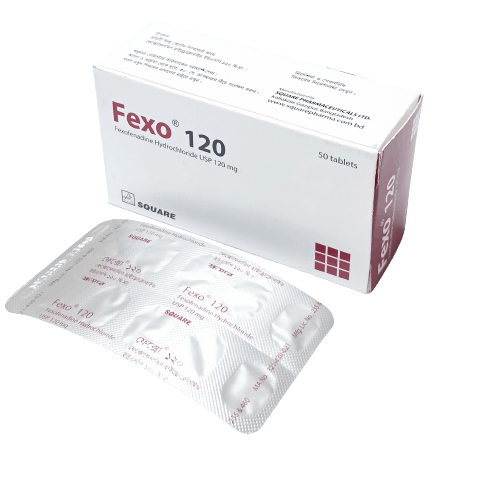

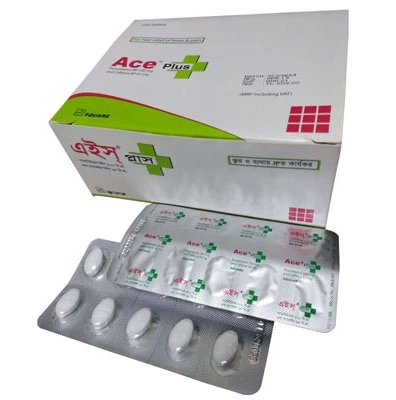



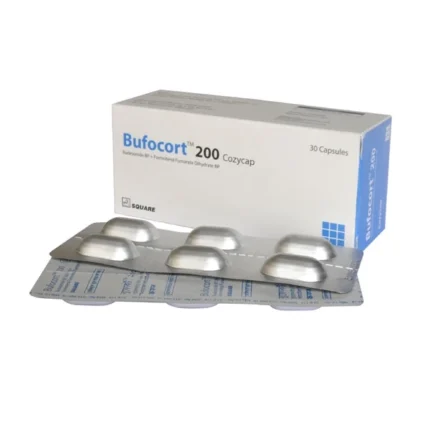
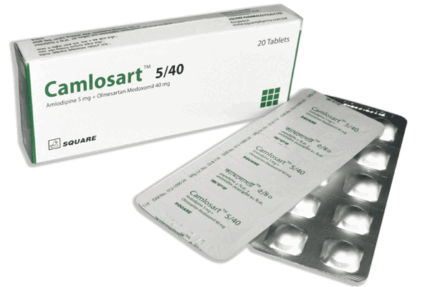

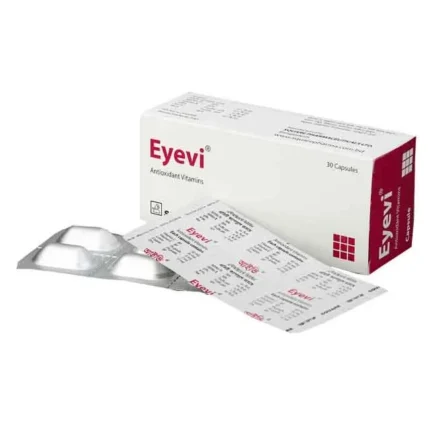
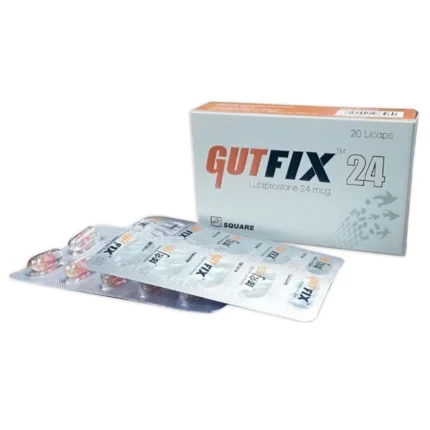
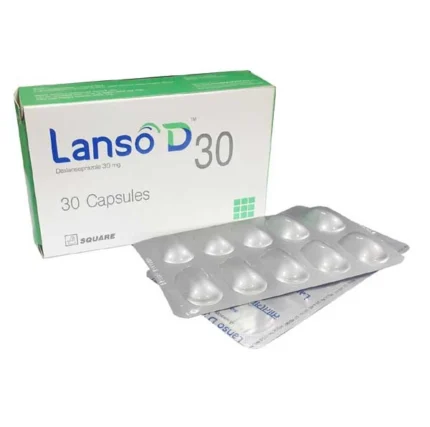
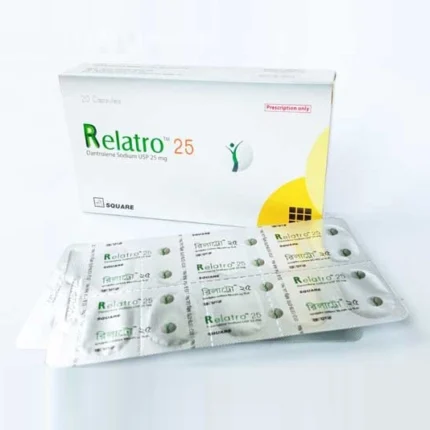
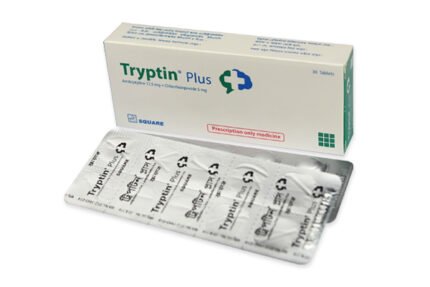
Reviews
There are no reviews yet.